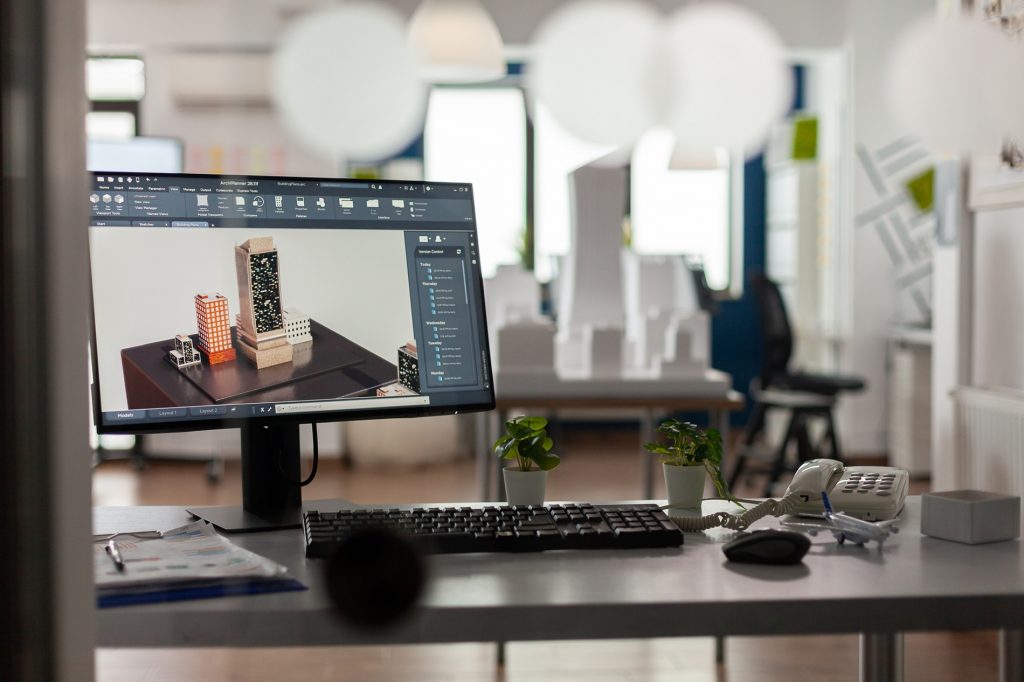The digital landscape is evolving faster than ever, and web design is at the forefront of this transformation. As user expectations rise and technology advances, staying ahead of design trends is crucial for creating engaging, high-performing websites.
Here are the top web design trends shaping the future—and how they can elevate your brand’s online presence.
1. AI-Powered Personalization
AI is no longer just a buzzword—it’s revolutionizing how websites adapt to users in real time. Expect to see:
- Dynamic content that changes based on user behavior.
- AI chatbots with advanced conversational UX.
- Predictive design elements (e.g., personalized product recommendations).
Why it matters: Personalization boosts engagement and conversions by making users feel understood.
2. Immersive 3D & Interactive Elements
Flat designs are giving way to rich, interactive experiences:
- 3D visuals and parallax scrolling for depth.
- Micro-interactions (hover effects, animated buttons).
- Augmented Reality (AR) integrations for product previews.
Best for: Brands looking to create a memorable, cutting-edge experience.
3. Dark Mode & Aesthetic Minimalism
Dark mode isn’t just easier on the eyes—it’s becoming a design standard. Paired with minimalist layouts, it offers:
- Reduced eye strain and improved battery life (for OLED screens).
- Sleek, modern aesthetics with bold typography and negative space.
Pro Tip: Always provide a dark/light mode toggle for accessibility.
4. Voice User Interface (VUI) Optimization
With smart speakers and voice search on the rise, websites must adapt:
- Voice navigation compatibility.
- Conversational UI for FAQs and customer support.
- SEO strategies optimized for voice search queries.
Why it’s growing: Over 50% of searches will be voice-based by 2025 (Comscore).
5. Sustainability in Web Design
Eco-conscious design is gaining traction with:
- Low-energy-consuming color schemes (dark backgrounds).
- Optimized media to reduce load times and data usage.
- Green hosting solutions.
Key Benefit: Aligns with corporate sustainability goals while improving performance.

6. Brutalism & Experimental Layouts
Breaking away from traditional designs, some brands are embracing:
- Bold, asymmetrical layouts.
- Raw, unpolished aesthetics (a nod to early web days).
- High-contrast colors and unconventional navigation.
Who’s using it? Creative agencies, tech startups, and brands wanting to stand out.
7. Supercharged Micro-Interactions
Small animations that enhance UX, such as:
- Button hover effects.
- Progress loaders with personality.
- Scroll-triggered animations.
Why they work: They make interactions feel more human and engaging.
8. Accessibility as a Standard (Not an Afterthought)
With stricter regulations (like WCAG 3.0), accessible design is a must:
- Keyboard-friendly navigation.
- Alt text for all visuals.
- High-contrast, readable fonts.
Stat: Over 1 billion people live with disabilities—ignoring accessibility means losing potential customers.
Staying Ahead in Web Design
The future of web design blends technology, creativity, and user-centric thinking. Whether it’s AI-driven personalization, immersive 3D elements, or sustainable practices, the key is to balance innovation with usability.
Ready to future-proof your website? [Our agency] specializes in cutting-edge web design that converts. [Let’s talk!]
Want this tailored to your industry?
We can analyze how these trends apply to your business—get in touch for a free web audit. 🚀




